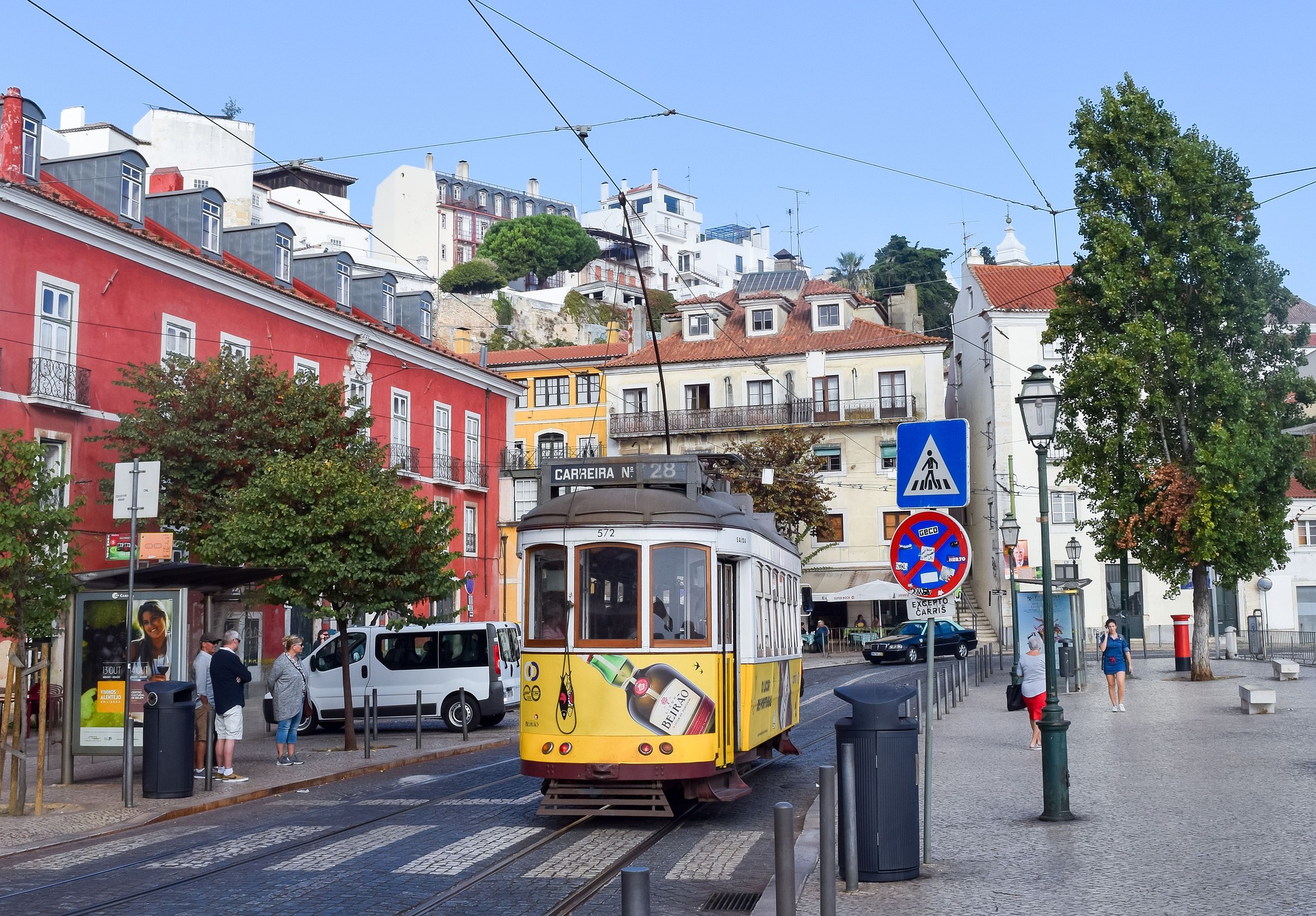Pedal-Powered Paradises: Exploring Hidden Gems on Two Wheels
Embark on a journey that combines the thrill of discovery with the serenity of slow travel. Bicycle tourism is revolutionizing the way we explore, offering intimate encounters with local cultures and breathtaking landscapes. This burgeoning trend allows travelers to immerse themselves in destinations, fostering a deeper connection with both the environment and communities along the way. As we delve into the world of pedal-powered adventures, prepare to uncover the secrets of this eco-friendly and enriching form of travel.
The Rise of Bicycle Tourism
Bicycle tourism has gained significant traction in recent years, evolving from a niche activity to a mainstream travel option. This surge in popularity can be attributed to a growing desire for sustainable travel experiences and a shift towards more active, health-conscious vacations. Cyclists are no longer confined to designated bike paths; instead, they’re venturing into uncharted territories, from remote mountain villages to bustling urban centers.
The concept of exploring on two wheels isn’t new, but the infrastructure and services supporting bicycle tourists have expanded dramatically. Countries and regions are investing in extensive cycling networks, bike-friendly accommodations, and specialized tour operators catering to this burgeoning market. This development has made bicycle tourism accessible to a broader range of travelers, from seasoned cyclists to casual riders seeking a unique way to experience new destinations.
Unveiling Hidden Gems
One of the most compelling aspects of bicycle tourism is its ability to reveal hidden gems often overlooked by traditional travel methods. Cycling allows travelers to venture off the beaten path, accessing remote areas and intimate local experiences that larger tour groups might miss. Whether it’s stumbling upon a tucked-away vineyard in Tuscany or discovering a secluded beach along the Croatian coast, bicycle tours offer unparalleled opportunities for serendipitous encounters.
These hidden gems extend beyond physical locations to encompass cultural experiences as well. Cyclists often find themselves welcomed into small communities, sharing meals with locals, and participating in everyday life in a way that’s rarely possible with other forms of travel. This intimate connection with local cultures fosters a deeper understanding and appreciation of the destinations visited.
The Intersection of Technology and Tradition
While bicycle tourism harks back to a simpler mode of travel, it has been significantly enhanced by modern technology. GPS-enabled devices and cycling-specific apps have made navigation easier and more reliable, allowing cyclists to explore with confidence. These technological advancements have opened up new possibilities for self-guided tours, empowering travelers to create their own adventures while still benefiting from digital support.
However, the integration of technology hasn’t diminished the traditional aspects of bicycle tourism. Many cyclists still rely on paper maps, engage with locals for directions, and embrace the unpredictability that comes with human-powered travel. This blend of old and new creates a unique travel experience that appeals to a wide range of preferences and skill levels.
Environmental Impact and Sustainability
Bicycle tourism stands out as one of the most environmentally friendly forms of travel. By choosing pedal power over motorized transportation, cyclists significantly reduce their carbon footprint while exploring. This eco-conscious approach aligns with the growing global emphasis on sustainable tourism and responsible travel practices.
Moreover, bicycle tourism often supports local economies more directly than traditional forms of travel. Cyclists tend to stay in small, locally-owned accommodations and frequent local eateries and shops along their routes. This dispersal of tourism benefits can help mitigate the negative impacts of over-tourism in popular destinations while bringing economic opportunities to less-visited areas.
Planning Your Pedal-Powered Adventure
Embarking on a bicycle tour requires thoughtful planning and preparation. Unlike traditional vacations, cyclists need to consider factors such as route difficulty, daily mileage, and equipment requirements. However, with proper planning, bicycle tourism can be adapted to suit a wide range of fitness levels and preferences.
When planning a bicycle tour, consider starting with a supported tour offered by reputable operators. These tours provide logistical support, including accommodation bookings, luggage transfer, and mechanical assistance, allowing novice bicycle tourists to focus on the experience rather than the logistics. As confidence and experience grow, many cyclists transition to self-supported tours, embracing the freedom and flexibility of independent travel.
Pedal-Powered Insights
-
Opt for panniers or bike-packing bags to distribute weight evenly and improve stability
-
Invest in padded cycling shorts for comfort on long rides
-
Learn basic bike maintenance skills before embarking on your journey
-
Pack lightweight, quick-drying clothing to minimize luggage weight
-
Research local bike rental options to avoid the hassle of transporting your own bicycle
-
Consider e-bikes for assistance on challenging terrain or longer distances
As we conclude our exploration of bicycle tourism, it’s clear that this mode of travel offers a unique blend of adventure, sustainability, and cultural immersion. By embracing the slower pace and intimate nature of cycling, travelers can uncover hidden gems and forge deeper connections with the places they visit. Whether you’re an experienced cyclist or a curious newcomer, pedal-powered paradises await, promising unforgettable experiences and a fresh perspective on the world around us.





